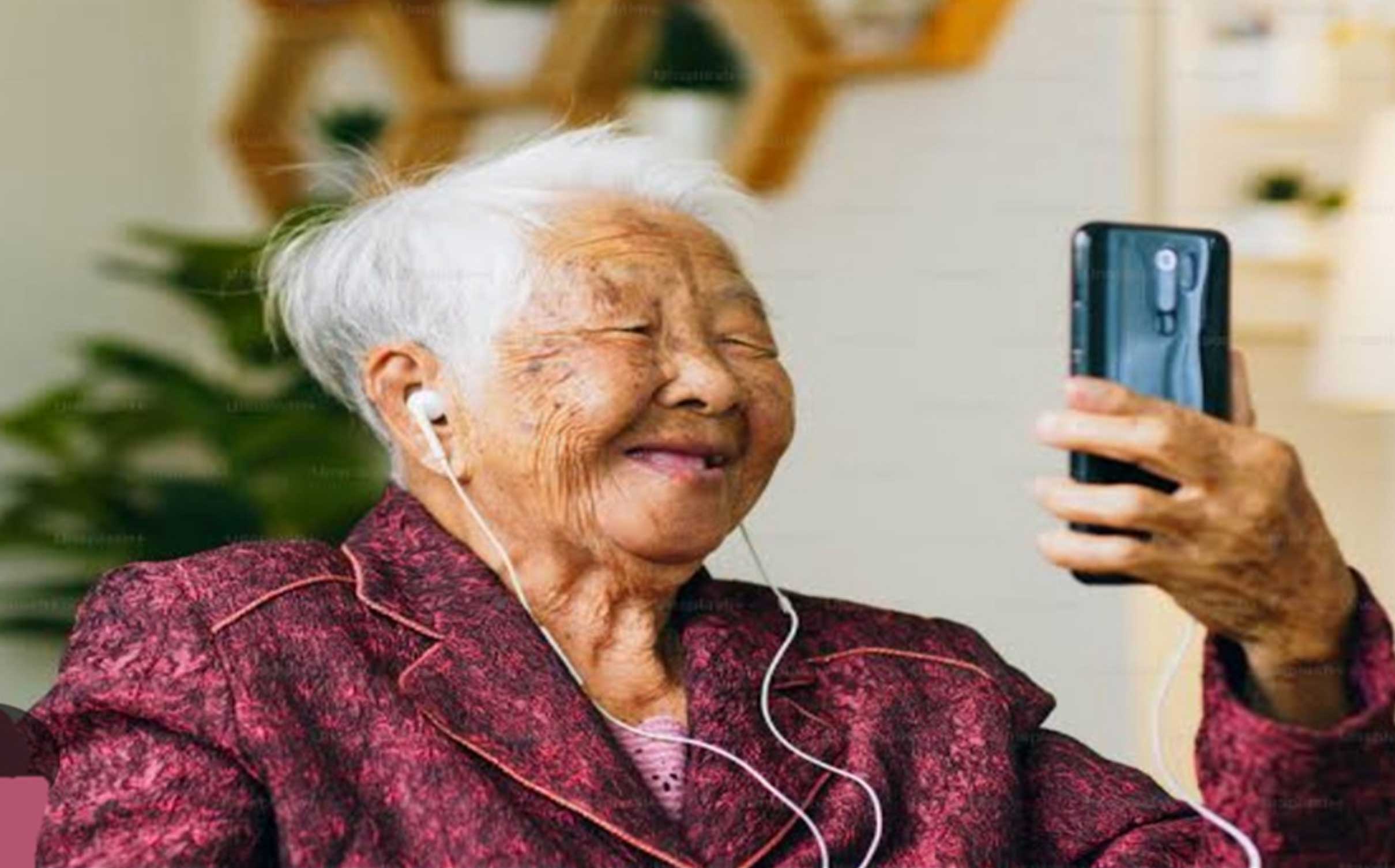Breaking Down Barriers: The Power of Digitalization to Unlock Human Potential
”You look so grown up,” she whispered, tears welling up.
But the joy quickly turned to frustration. She didn’t know how to hang up. The screen, filled with tiny buttons and confusing icons, became an obstacle rather than a bridge. ”Maybe this is not for people like me,” she sighed, defeated.
That moment broke my heart.
How many people—seniors, individuals with disabilities, those from low-income backgrounds—feel like technology wasn’t made for them? Not because they don’t want to use it, but because the digital world wasn’t designed with them in mind.
Technology is supposed to “connect” us, empower us, and make life easier. But for millions, it does the opposite. Instead of breaking down barriers, it builds new ones. And that needs to change.
The Hidden Struggles of Digital Exclusion
We live in an era where a “click”can bring groceries to our doorstep, a “tap” can connect us to loved ones across continents, and a “swipe” can unlock endless knowledge.
But what if you couldn’t click, tap, or swipe?
 What if every website felt like a locked door? Every app, a puzzle with no solution
What if every website felt like a locked door? Every app, a puzzle with no solution
For millions, this is reality. Globally, 2.9 billion people still lack internet access, and even those who have it often struggle to use it effectively.Seniors, people with disabilities, and those in poverty are the hardest hit. And the worst part? Most of them don’t ask for help—not because they don’t need it, but because they feel ashamed.
- A visually impaired student- unable to read online textbooks because there’s no screen reader compatibility.
- A senior citizen locked out of government services because the website has complicated menus.
- A low-income worker wanting to learn new skills but lacking internet access.
These people are not “outsiders” in the digital world. They are our grandparents, our neighbors, our friends.And they deserve better.
The Power of Inclusive Design: Building Technology for Everyone
What if I told you that making technology accessible doesn’t just help a few—it helps everyone?
Think about it. When ramps were added to buildings for wheelchair users, they also made life easier for parents with strollers, travelers with luggage, and delivery workers. The same applies to inclusive digital design—when we create technology that works for people with disabilities, it actually improves the experience for all users.

Some simple but life-changing innovations include:
- Text-to-speech software for visually impaired individuals, helping them read online content effortlessly.
- Voice-command features that allow seniors and people with mobility impairments to navigate their devices hands-free.
- Clear and simple language in apps and websites to help people with cognitive disabilities (and honestly, to make life easier for everyone!).
Take Apple’s “VoiceOver “ screen reader, which allows blind users to “read” their phone screens. Or Microsoft’s Seeing AI, which describes the world to those who cannot see. These innovations prove that “accessibility isn’t an afterthought—it’s the foundation of a truly inclusive world”.
So, why aren’t more companies and governments prioritizing this?
Bridging the Digital Divide: What Needs to Happen Now
It’s not enough to acknowledge the problem—we need real action
1. Recognize Digital Access as a Human Right
Technology is no longer a luxury; it’s a necessity. Education, healthcare, job opportunities—everything is moving online. No one should be left behind simply because they can’t afford internet access or don’t know how to use a smartphone.
2. Design Technology That Works for Everyone
- Companies must prioritize universal design, ensuring websites, apps, and devices are accessible to all.
- Government services should be simple and intuitive, with options for those who struggle with digital tools.
- Schools and workplaces must integrate assistive technology for students and employees with disabilities.
3. Invest in Digital Literacy Programs
Imagine the difference it would make if every community center, school, and library offered free digital literacy training for seniors, low-income families, and people with disabilities. Small efforts can change lives.
4. Make Accessibility the Norm, Not an Exception
- Captions on videos should be standard, not optional.
- Screen-reader compatibility should be built into every website.
- Affordable internet and smart devices should be available for those in need.
This isn’t just about making life easier—it’s about unlocking human potential.
A Digital Future That Includes Everyone
When my grandmother struggled with that video call, I saw firsthand how digital exclusion isn’t just inconvenient—it’s isolating. She felt left behind in a world that was moving too fast.

But imagine a world where no one feels that way.
A world where:
✔ An elderly woman can apply for her pension online with ease.
✔ A visually impaired student can read any book they want.
✔ A child in a rural village can access the same education as a student in a big city.
This isn’t a dream. It’s possible. But only if we commit to making digital spaces accessible, inclusive, and welcoming for all.
So, the next time you easily book a ticket online, stream a movie, or pay a bill with one click, take a moment to think—who is struggling with this right now? Who is being left behind? And what can you do about it?
Because when we make technology accessible for all, we don’t just improve lives—we unlock he potential of every human being.
Are you in?
About the Author
JAIN KARTIKI ANIL is an aspiring aerospace scientist who believes that technology should not only advance humanity in space but also improve lives here on Earth. She is passionate about innovation, accessibility, and inclusion ensuring that digital transformation benefits everyone, not just the privileged few.


